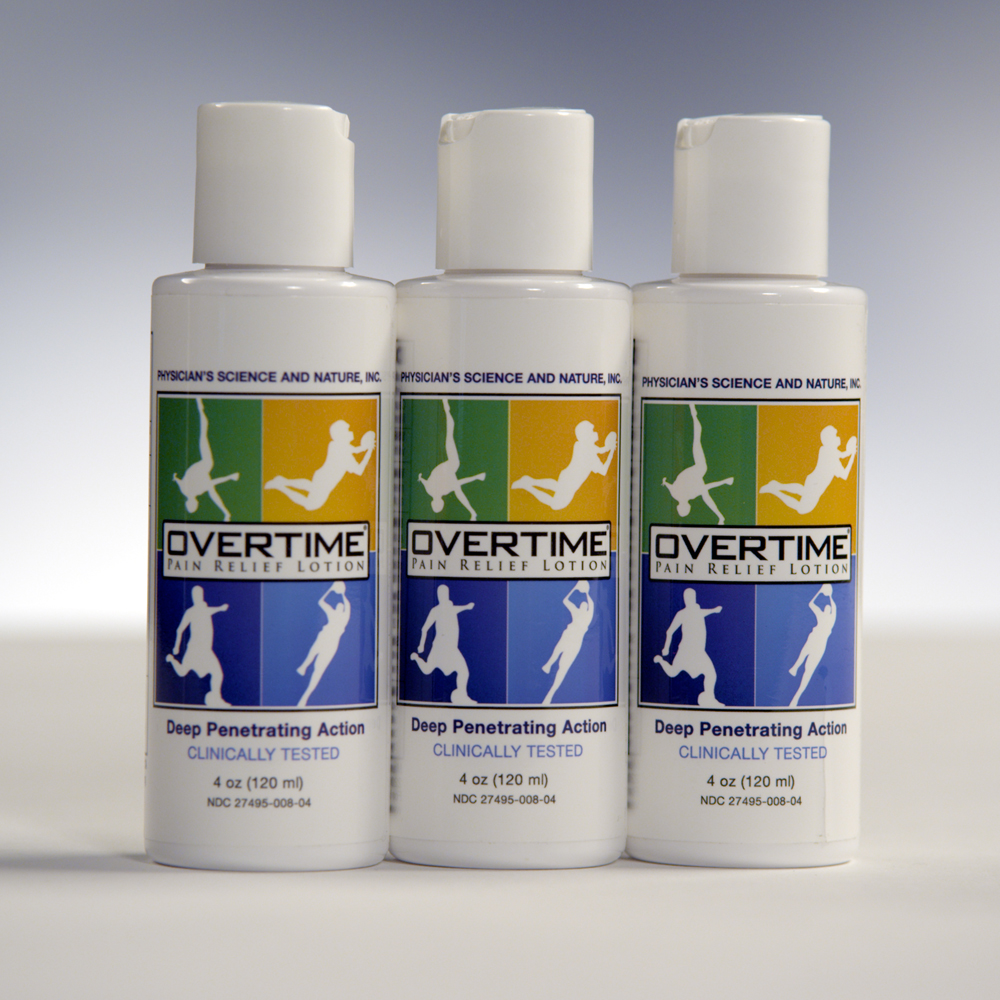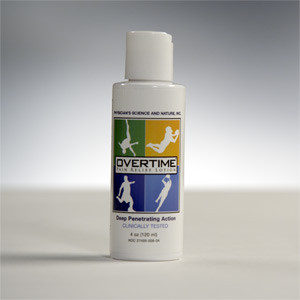What are the types of headache pain and how are they caused?
There is a broad range of headache types that affect the head, scalp, jaw, or neck region. Whether caused by stress, tensions, nerves, vascular, or structural, headache pain is one of the most common causes of pain in America.
Headache pain can be benign or life threatening, and it’s often challenging to distinguish the two types from each other. Headaches can result from an abnormality in the head or brain or a side effect of another medical condition or disease. Headache sufferers should seek consultation by a qualified medical physician to determine the headache type. Life-threatening headaches require immediate medical attention.
Non-life threatening headache pain is grouped according to symptoms and cause of pain. Here are some common benign headache pain types:
- Tension headaches: Usually described as a pressure or ache, tension headaches are very common. They involve muscle strain or spasms in the forehead, temples, neck, or may circle the head like a band. Tension headaches are often caused by eyestrain, especially where there is an underlying vision problem. The pain may last a few minutes or hours.
- Migraine headaches: Another common headache type, migraines may afflict up to 28 million people in America. The pain is often sudden and intense, throbbing, or pounding. Migraines headaches are associated with nausea, vomiting, and sensitivity to light or sound. The pain is often a result of over-reactive brain nerves which, when triggered, suddenly constrict the blood vessels of the brain. Women suffer more from migraines and the menstrual cycle, foods, food additives, fragrances, alcohol, cigarette smoke, or bright lights can trigger the pain. During the acute phase, sufferers can be immobilized for at least a full day.
- Cluster headaches: Less common but equally debilitating, cluster headaches are frequent bursts of headaches followed by pain-free or pain-reduced periods of minutes to hours. The pain is usually sudden and excruciating, often described as sharp or stabbing. Cluster headaches are more common in men and can begin in the sleep and have side effects such as red, watery eyes or nasal congestion. The cause is not known, but triggers are similar to migraine headaches. The pain lasts a few minutes to many hours and repeats.
- Occipital Neuralgia or Occipital Neuritis: The occipital nerve is the main nerve that serves the back of the head or scalp. Located on each side of the base of the skull, if this nerve becomes inflamed or injured, severe pain may radiate into the back of the head or be referred to the front and behind the eyes. Typical movement of the head or neck aggravates and causes a constant, sharp and shooting pain. The cause can be from direct trauma to the nerve (such as a football helmet), whiplash injury, or become inflamed by an infection or other inflammatory condition.
- Rebound or Withdrawal headaches: This type of a headache is a result of a sudden withdrawal from medications or substances such as chocolate or caffeine. Medications can include narcotic analgesics or even high blood pressure medications. Typically aching, throbbing, or pounding, the rebound or withdrawal headache can also cause upset stomach, nausea, mood changes, and more. This headache can affect anyone and, because suddenly discontinuing a medication can be dangerous, it is safer to taper or gradually reduce the medication or substance.
- Sinus Disease or Sinusitis: Inflammation or infection of the sinuses is a frequent cause of headaches and typically results in a constant throbbing or pounding pressure, usually aggravated by lowering the head. Acute sinus headaches are common after an upper respiratory infection. Chronic sinus headaches may result from an obstruction of the normal drainage of fluids or even tumors in the sinuses.
- Temporal Mandibular Joint Pain (TMJ): The mandibular joints are small, complex joints in front of the ear and help to chew food and speak. As with any other joint, these can be injured or may deteriorate with degenerative joint disease or degenerative arthritis. Pain can be on both sides or isolated to one side and usually produces a constant ache that is aggravated by chewing or talking and can radiate into the face, temple, or forehead.
How to treat headache pain
Many causes of benign headache pain can be treated by avoiding stress, increasing exercise or relaxation techniques, visual correction, or managing high blood pressure. Headaches as a result of underlying infections require treatment of the source and some headaches, such as cervicogenic headaches, may require treating the underlying abnormalities of the cervical spine.
Standard treatments include over-the-counter and prescription narcotic and non-narcotic medications. Unfortunately, especially the oral medications are associated with serious side effects such as sedation, nausea, constipation, and addiction. Extended use of over-the-counter medications, such as ibuprofen, naproxen, and acetaminophen, can cause stomach ulcers and kidney, heart, or liver failure.
Sudden severe pain, especially in the chest, arms, or head, pain associated with fever, numbness or weakness, or pain in any area of the body that does not resolve after a couple of weeks, should always be evaluated by a physician to be certain that other medical conditions, including heart disease, stroke, infections, or even cancer is not the underlying cause of pain.
Headache pain treatment alternatives
Developed by a UCLA-trained, pain specialist medical physician, Overtime Pain Relief Lotion is clinically tested, safe, and effective to reduce inflammation and help temporarily relieve minor headaches and pains from underlying muscle, arthritis, joint, neck and back pain symptoms.
The unique formula of Overtime Pain Relief Lotion combines seven natural, scientifically proven pain relieving ingredients and anti-inflammatory agents. The lotion formula penetrates deeper and faster into aching tissue for fast, long-lasting relief. No other topical pain product has been proven to be stronger than Overtime Pain Relief Lotion.
Overtime Pain Relief Lotion is an FDA registered over-the-counter product that’s available to you direct without a prescription, manufactured in the USA in an FDA-Certified Lab, and recommended by physicians across America.
Order now at no risk
Try Overtime Pain Relief Lotion for yourself and find out why nearly 90% of pain sufferers who use our pain cream ask for more again and again. With our 30-day money-back guarantee, you’ve got little to lose, except your pain.


